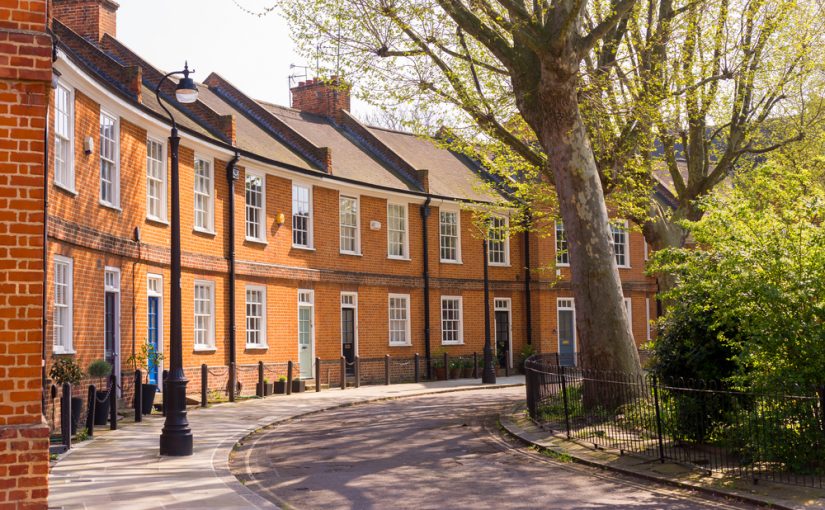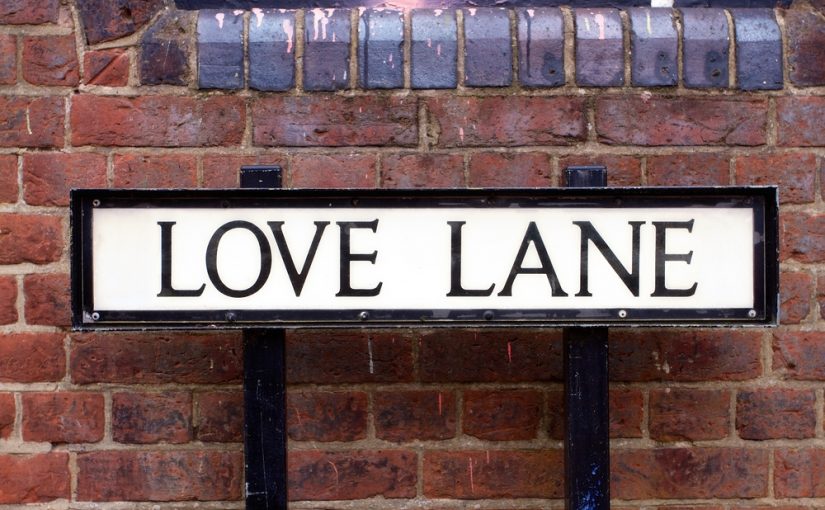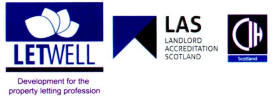A recent poll from YouGov suggests that almost half of the United Kingdom think that the re-introduction of the 100% mortgage is a good idea. A total of 9,713 people were included in the government survey and participants were asked whether borrowing the entire cost of a home is either a ‘good idea’, ‘bad idea’ or ‘unsure’. Almost half of those surveyed, 48%, stated that the reintroduction would be a ‘good idea’ and almost a third regarded the borrowing as a ‘bad idea’ – showing that there is some consternation around the subject.
Currently, a total of nine lenders offer a 100% (or ‘loan-to-value’) mortgage. However, there are conditions around the borrowing option in its current format. In order to apply for a 100% mortgage, and depending on the mortgage provider, you must either have a guarantor who has a property to act as collateral against the mortgage or you will have a ringfenced amount of savings which can act as security (essentially making it an offset mortgage).
The suggestion to reintroduce the 100% mortgage would circumvent the necessity for guarantors or separate security accounts and could therefore help those who are struggling to take that first step on to the property ladder. Legal & General Mortgage Club head of lender relationships Danny Belton disputes whether the reintroduction of this type of lending would be beneficial, however, stating “the thinking and rationale behind the return of 100% LTV mortgage is interesting, but this is not the solution to the current issues facing first time buyers.”
Belton continues to critique the 100% mortgage, offering: “At the very least it would mean lenders would have to significantly increase the amount of capital they would be required to hold, which is just not sustainable. What would be more beneficial is for more buyers to utilise schemes such as shared ownership and Help to Buy, or even make use of a guarantor mortgage.”
In terms of age groups, the poll returned some interesting results, with 46% of those aged 18 to 24 responding positively to the proposition, compared to 49% of those aged 65 and over considering it a poor idea. The disparity in the age groups could be linked to the differences in the stages of property ownership; there’s the younger survey participants that are keen to get on the property market and are therefore more responsive, whilst the older participants have a higher likelihood of already owning a property and are thus more circumspect when faced with new propositions, such as the 100% mortgage.
Although the initial prospect of a mortgage for the full value of a property may appeal to potential buyers struggling to get on to the property market, the realities of living with such debt and the inflexibilities around it could dissuade the majority. The YouGov survey clearly demonstrates that younger people are keen to buy property and hence any new prospects which may help them in this endeavour will be well-received.
However, as Danny Belton has stated, there are several alternatives available to help people onto the property market. Those considering the 100% mortgage to be a good prospect should look in to shared ownership schemes and Help to Buy before plunging in to the loan-to-value option, no matter how attractive the prospect may appear on first glance.
Group Office Owner Jim Parker said, “The return of 100% mortgages is on the one hand good for the market in the short term. However, have we not learned any lessons at all from 2008 market crash? People will take as much as you give them as long as they can get their dream home, so the banks must bear some responsibility to ensure we do not return to this situation”. If you are looking for sensible advice on getting a mortgage, we are best placed to help with this in conjunction with our specialist partners who can search for the best deals out there. Some that are only available to them. Just call any of our office numbers by clicking the link:








